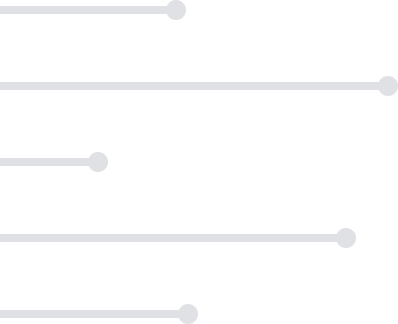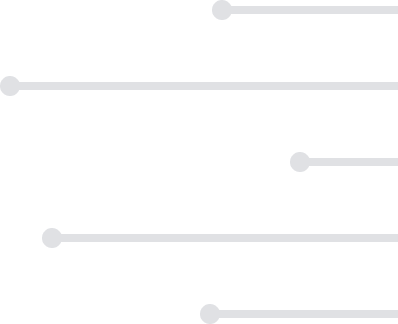
$79
Plus membership
3 Credits
All courses include:
eTextbooks
2 to 3-day turnaround for grading
Multiple chances to improve your grade
On-demand tutoring & writing center
Student support 7 days a week
$79
Plus membership
3 Credits
All courses include:
eTextbooks
2 to 3-day turnaround for grading
Multiple chances to improve your grade
On-demand tutoring & writing center
Student support 7 days a week
Introduction to Criminal Justice
$79
Plus membership
3 Credits
About This Course
ACE Approved 2024
Our Introduction to Criminal Justice class examines the past, present, and future of the U.S. criminal justice system.
What You'll Learn
Explain the three components of the United States criminal justice system.
Contrast the due process and crime control model.
Explain crime measurements and costs.
Describe the history of law enforcement.
Explain the roles of local, county, state, and federal law enforcement officers.
Explain the structure of the American court system.
Identify the criminal court steps from arrest, conviction, to appeal.
Describe the history of the correctional system.
Identify correctional institutions at the local, state, and federal level.
Describe the future of criminal justice in America.


Your Life, Your Schedule, Your Education
Transfer into over 3000+ institutions that accept ACE courses or transfer directly into 180+ partner schools.
request information
Learn about different topics like how laws are created, the history and types of law enforcement, structure of the court system, and the changing philosophies of the U.S. correctional system. The role of legal precedent, the death penalty, prison life, and the juvenile justice system will also be discussed during this online Criminal Justice course.
There are no prerequisites to take Introduction to Criminal Justice.
| Topic | Subtopics |
|---|---|
| Law Enforcement, Courts, & Corrections |
|
| Models & Cost of Criminal Justice |
|
| History of Law Enforcement |
|
| Local, County, State, and Federal Law Enforcement |
|
| Issues in Policing |
|
| The American Court System |
|
| Substantive and Procedural Due Process |
|
| History of Corrections |
|
| Local, State, and Federal Corrections |
|
| Future of the Criminal Justice System |
|
Your score provides a percentage score and letter grade for each course. A passing percentage is 70% or higher.
Assignments for this course include:
- 10 Reflective Responses
- 3 Case Studies
- 1 Midterm Exam
- 1 Final Exam
The required eTextbook for this course is included with your course purchase at no additional cost.
Bohm, Robert, and Keith Haley. Introduction to Criminal Justice. 10th ed., McGraw-Hill Education, 2021. ISBN: 9781260253870
Introduction to Criminal Justice students also take:
Helpful resources:







